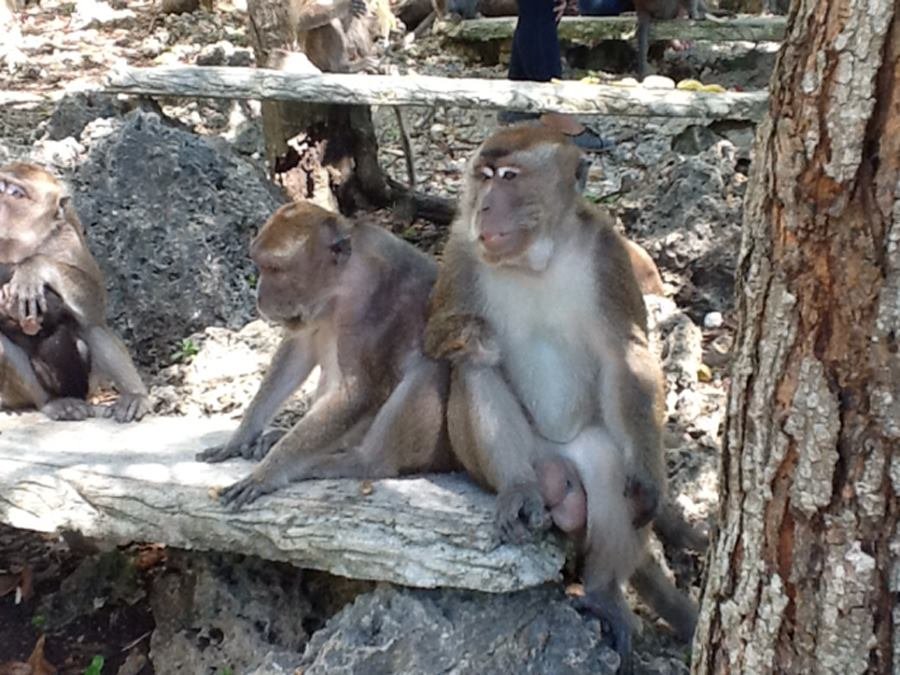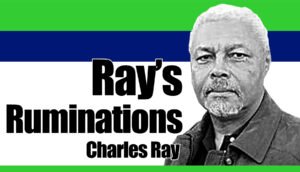The Department of Environment and Natural Resources in Negros Occidental has announced the resumption of mountaineering activities in the Northern Negros Natural Park next month.
The guidelines were issued by the Office of the Protected Area Superintendent in Special Order No. 1, series of 2021 dated Jan. 25, posted on the Facebook pages of the NNNP and the Provincial Environment and Natural Resources Office.

Issued by Engr. Joan Nathaniel Gerangaya, community environment, and natural resources officer and park superintendent, it includes instructions on the processing of mountaineering permit for major trekking activities, the mandatory hiring of tour guides and porters, and the observance of proper precautionary health measures against COVID-19.
Gerangaya said the requirements and other guidelines are being issued “(i)n the interest of the service and pursuant to Republic Act 11038 or the Expanded National Integrated Protected Areas System Act of 2018 and its implementing rules and regulations in accordance with the approved NNNP-Protected Area Management Board Resolution 72, series of 2017 and the Inter-Agency Task Force protocols against Covid-19 pandemic.”
There are three entry/exit points in the NNNP, including Barangay Patag in Silay City; Sitio Campuestohan, Barangay Cabatangan in Talisay City; and Barangay Canlandog in Murcia town.

Based on the guidelines, each entry point will be utilized on a weekly interval and only two groups per week will be allowed to climb in different trails, with a maximum of 10 climbers per group, excluding guides and porters.
Only residents and foreigners legally residing in Negros Occidental are allowed to trek. Each person will be charged P300.
Trekkers are required to book and process a permit at least one week before the scheduled climb.
Each group or expedition party is mandated or required to hire two guides and one porter. Payment is P750 per day for each tour guide or porter.
For issuance of mountaineering permit, trekkers must submit an individual information form, individual notarized waiver, health certificate from any government doctor, and attend the mandatory orientation for mountaineering as well as NNNP policies, rules and regulations.
They must also fill out the zero waste commitment form during the climb.
“To avoid the local transmission of COVID-19, trekkers, porters and guides must practice health precautionary measures and social distancing,” Gerangaya said.
The NNNP has unique biophysical and geographical features and is part of the largest watershed in Negros Occidental.
Formerly known as the Northern Negros Forest Reserve, the area was renamed the NNNP under the National Integrated Protected Areas System Act of 1992 under Presidential Proclamation 895 dated Aug. 15, 2005.
It spans 80,454.5 hectares of land covering portions of 11 local government units, including the cities of Talisay, Silay, Victorias, Cadiz, Sagay, and San Carlos, and the towns of E.B. Magalona, Toboso, Calatrava, Salvador Benedicto, and Murcia. – NLG




